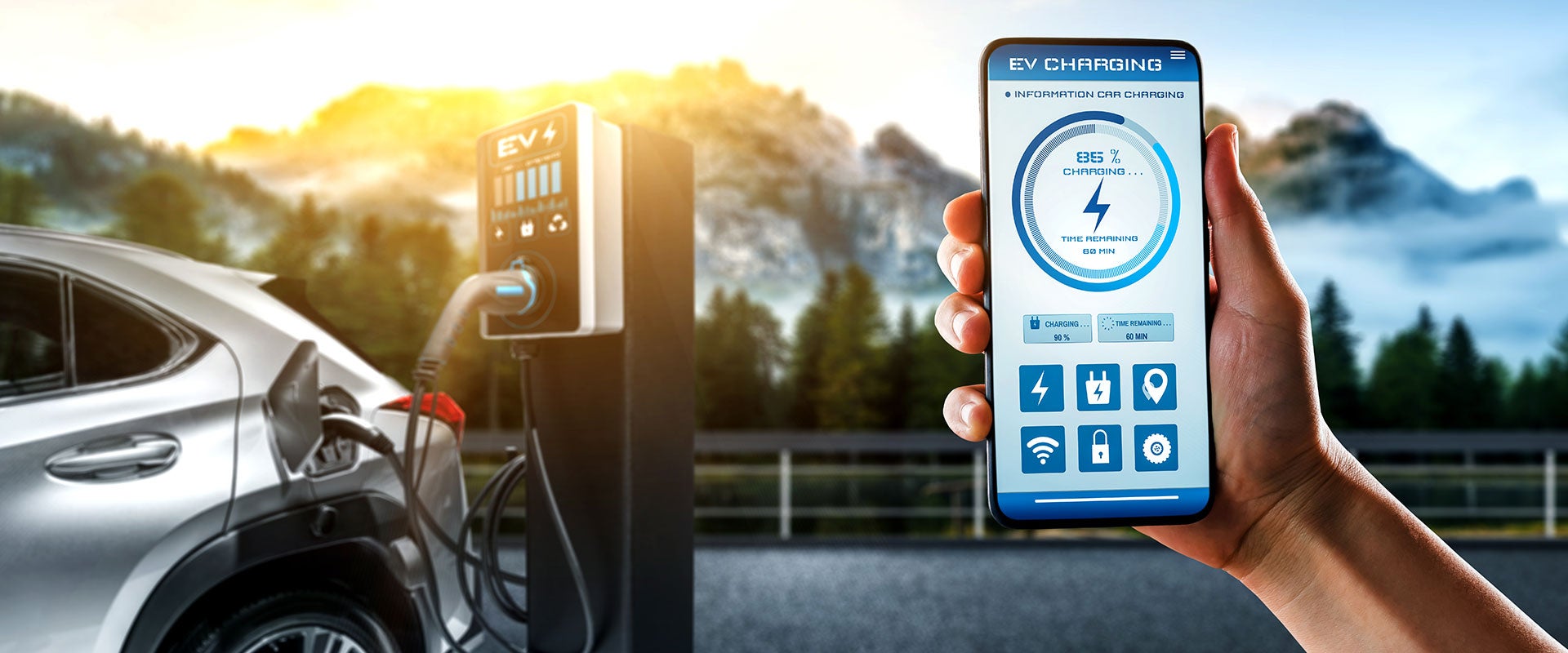For a solar household, the benefits of V2X are greater. Solar energy generated over the course of a day that exceeds consumption can be stored for use during the evening and night periods (the typical solar system generates more energy than the average household consumes in aggregate). This represents a cost saving, since energy exported to the grid typically only earns the household 7c / kWh, vs 16-28c / kWh for energy consumed from the grid. The seven-year payback would imply a price point of c.A$3k, reducing the expected ‘tipping point’ by two to three years.
Implications for the market
As the barriers fall, we can expect adoption to ramp up quickly, and the implications for V2X are dramatic. Two potential adoption pathways are outlined below.
V2X and dispatchable storage market. All of these batteries connected to the grid add up to a lot of storage, so how significant could it be for the expected storage needs of the grid? AEMO forecasts dispatchable storage capacity needs to increase to c.4 GW by 2030 and c.12 GW by 2040, as base load generation is replaced by variable renewable energy. Based on typical durations, this equates to c. 7 GWh by 2030 and 22 GWh by 2040.
How much of the storage needs could fleets of V2Xs represent? AEMO forecasts the number of residential EVs will be 1.7m by 2030 and 8.3m by 2040. Assume each has a 60kWh battery (similar to an entry-level Tesla 3), of which c.30kWh is available for V2X services (assuming consumers keep enough ‘in the tank’ to cover emergencies and the typical distance travelled per day). Vehicles are normally parked 95% of the day; however, assume, conservatively, that they are 50% available. This fleet represents 25 GWh by 2030 and a whopping 124 GWh by 2040--c.4 times more storage than AEMO has planned in its Step Change scenario in 2030 and c.6 times more than in 2040.
This level of storage on the grid will challenge the role of other grid storage (e.g., grid scale / community batteries). This could impact the viability of community / grid batteries and could set off a race to secure storage as DNSPs look to invest in their regulated asset bases.
Grids on wheels. As charger costs fall, and EVs become more common, workplaces and shopping centres are likely to install charging infrastructure. Evidence from markets overseas (for example, French supermarket Carrefour is installing 5,000 charging points, and the United Kingdom has over 5,000 free charging points, mostly at supermarkets) suggests that these charge points will probably be free, a strategy used by retailers to encourage shoppers to spend more time in-store.
Now consider a household with an EV with V2X. The owner drives to work (as do 65% of workers today), and charges for free; or they do their twice-weekly shop at a supermarket, where they get free charging. Their daily round trip uses 21% of their battery on average. If we allow a further 15% for emergencies, that would leave 64% of the battery each day for other uses.
When they return home, they have two options. They can leave their battery full and draw energy from the grid (costing them) or use their battery to power their home – or even discharge some of their 64% into the grid. Most consumers are likely to take the ‘free’ option, unless they have a particularly long trip planned for the next day.
The impacts of these ‘grids on wheels’ would be dramatic, representing a large shift in demand from the residential to Commercial and Industrial (C&I) sectors, as consumers fuel up for free. Residential-focussed energy retailers would suffer (since residential load would fall), and C&I retailers would benefit.
Today, households consume 24% of Australia’s dispatched electricity. That consumption is expected to fall to 12% by 2040 as rooftop solar continues to increase. Based on the ‘grid on wheels’ scenario outlined earlier, the uptake of V2X could accelerate that shift, with household share dropping to 8% by 2040. This would drastically impact the model of many retailers and shift requirements for grid infrastructure (see Figure 4).







